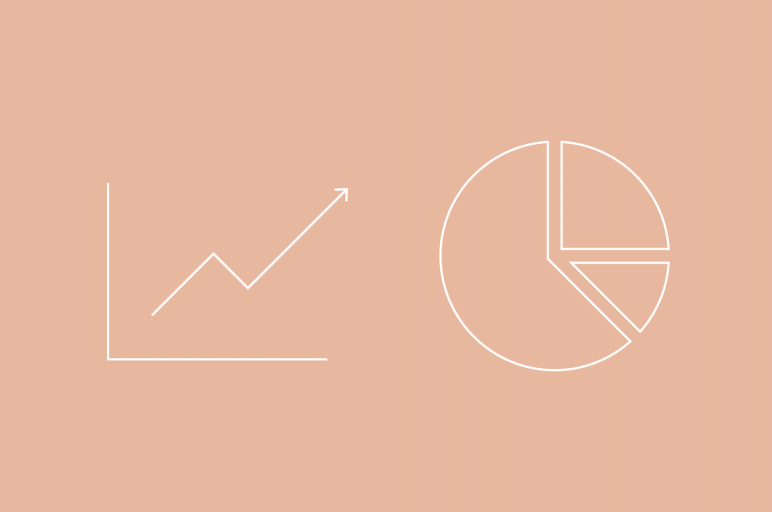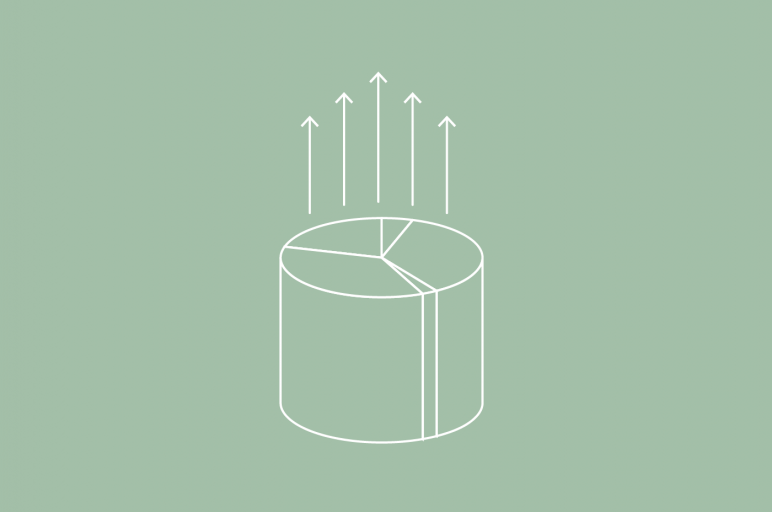Research highlights
- The Australian ETF market grew 26% in 2018 to $45.8 billion in March 2019. (Find out the latest analysis in the Stockspot ETF Report 2021).
- The best performing ETF in 2019 was the ETFS Physical Palladium (ETPMPD) returning 52.4% as the demand for this precious metal grew.
- The worst performing ETF (excluding leveraged ETFs) in 2019 was the active ETF, the K2 Australian Small Cap Fund (KSM) returning -14.3%.
- In 2019, ETFs saved Australians over $300m per year in fees compared to active fund managers who typically charge 1% p.a. Sadly many advisers still recommend high cost active investing strategies despite the overwhelming evidence that low cost index ETFs are in the best interest of clients based on their diversification benefits and performance.
- In 2019, bond ETFs attracted almost a third of all new money into ETFs, almost doubling their FUM. Bonds were one of the few asset classes that performed well in 2018, serving their purpose as counterbalances when shares fell (and also benefitting from interest rate falls).
- Vanguard and iShares continue to dominate the ETF market in Australia. Combined, they account for 56% of all money invested in ETFs. In 2019, BetaShares knocked off SPDR to become Australia’s third largest ETF issuer.
- Despite ETFs putting increased fee pressure on active funds in 2019, average ETF fees in Australia still increased, primarily due to higher cost active ETFs and new smart beta ETFs coming to market.
- Australian share ETFs charging less than 50bps (basis points) in fees had double the returns of ETFs charging more than 50bps over the five years leading to 2019. Low cost ETFs returned 7.2% p.a. vs expensive ETFs which returned 2.9% p.a.
- The five most common mistakes that DIY investors made in 2019 was trying to time the market, listening to short term media news, not paying attention to asset allocation within their portfolio, and not doing due diligence on ETF products.
- In 2019, Australians displayed a home country bias, with 75% of investors choosing to hold only Australian shares. This is despite the Australian market only making up 2% of the global market.
- However, other Australians realised their need to diversify and also added global share ETFs to their portfolio. In 2019, there was $21b now in global share ETFs vs $17b in Australian share ETFs. In 2019, Australians had access to ~100 global share ETFs, with 17 out of the 24 new ETFs launched over the last year being global share ETFs.
- The ETF industry surpassed the LIC market for the first time in September 2018. The first LIC was launched 65 years before the first ETF was launched in 2001. ETFs, at the tender age of just 18, beat the 82 year old LIC. ETFs are surpassing LICs due to their lower costs, greater tax efficiency, better transparency, no conflicted remuneration and not trading at a premium/discount to their true value.
- Ethical ETFs continued to gain popularity, increasing 69% to almost $1b in FUM in March 2019. ETF uptake in ethical products continued due to perceived outperformance, investors preference for ‘impact investing’, and moral and ethical values being a more important consideration when choosing investments. Ethical ETFs provide a ‘feel good’ alternative to investing in the broad market.
Find out how Stockspot makes it easy to grow your wealth through ETFs without hassle or cost.




